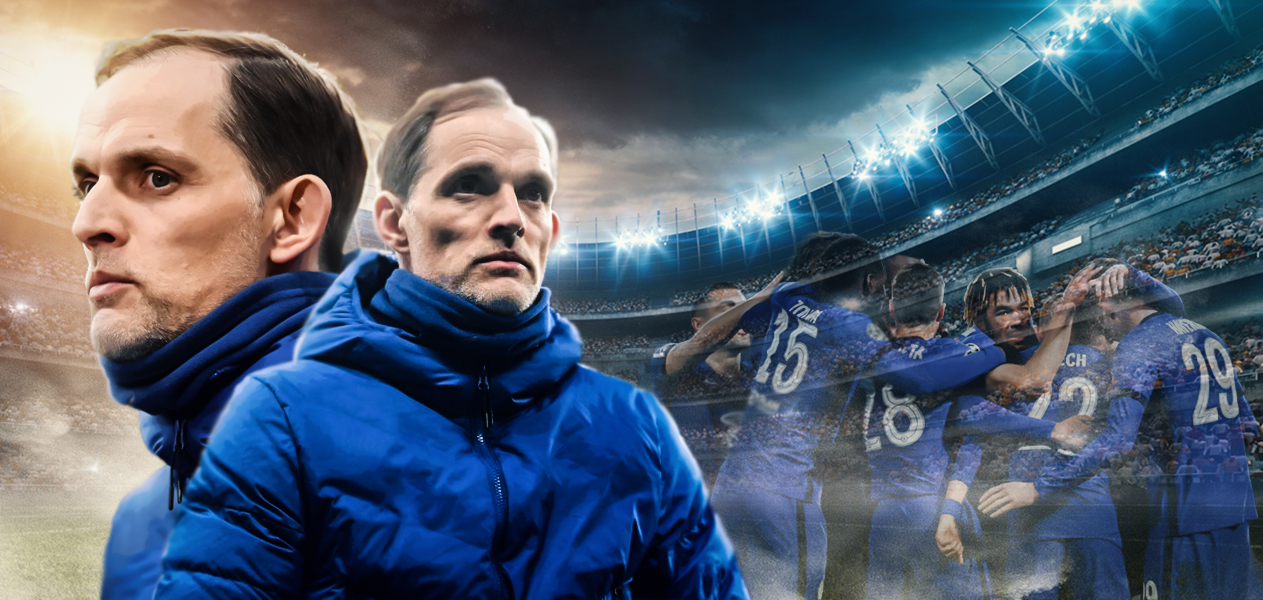A look at Tuchel’s time at Chelsea so far
Just four months after taking them to a UEFA Champions League final, Thomas Tuchel was sacked by Paris Saint-Germain. A little over four months after taking over as Chelsea‘s manager, he won the coveted Big Ears.
Tuchel did not arrive at Chelsea in easy circumstances. After all, he was replacing a club legend in Frank Lampard, who many thought was dealt a very harsh hand by getting the boot after just one and a half seasons in charge. When Tuchel arrived, the club were 9th in the Premier League, 11 points off top. The team lacked direction, with the defence in tatters and big-money signings ill-used. His objective was clear – save the season.
And save the season he did. We take a look at Tuchel’s first half-season in charge of Chelsea and how he turned things around.
Arriving mid-season, with the schedule rendered more hectic because of COVID, Tuchel knew he was going to have very little time on the training ground with the players to create an elaborate system from the ground up. Giving the defence a priority, he quickly rearranged the backline with a three-at-the-back system. Often the first resort of many coaches looking to seal up a leaking defence, a back-three system was also something the Chelsea players were familiar with from their time under Antonio Conte. This backline would further be supported with a midfield pair chosen from N’Golo Kanté, Mateo Kova?i? and Jorginho which would be flanked by wing-backs from either side. In attack, Tuchel chose to go with a narrow trio comprising of two attacking midfielders – who could work as a hybrid by playing a supportive role with the defensive midfield pair or attempt to drift out wide up front, if necessary – and a lone striker.
Also Read – CHELSEA DISMISSES LAMPARD AS TUCHEL ARRIVES
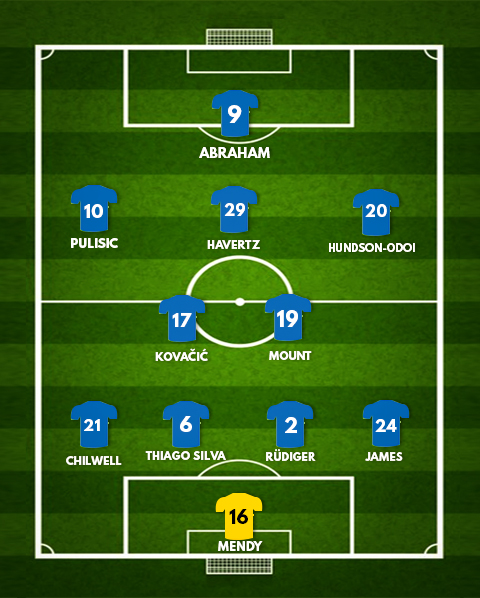
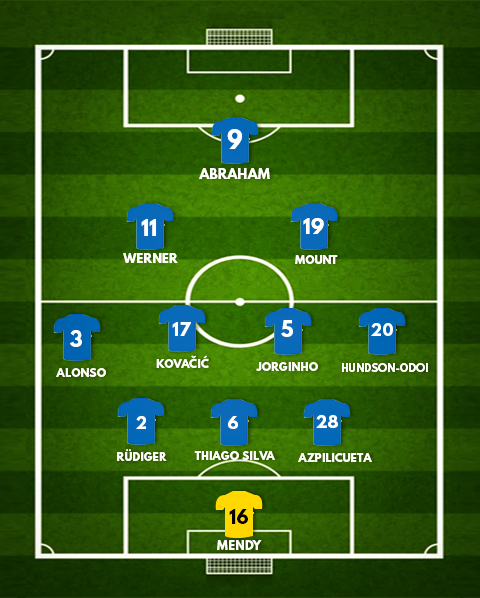
In time, having given most of his players a chance on the pitch, Tuchel managed to happen upon a starting XI made up of players he felt worked best in this ad hoc 3-4-2-1 system. Barring injuries, César Azpilicueta was reinstated in the starting XI in the back-three as captain alongside Thiago Silva and Antonio Rüdiger, another player whose Chelsea career was revived by Tuchel’s arrival. Ben Chilwell and Reece James became the first-choice wing-backs. N’Golo Kanté, who many were starting to consider “past-it”, came roaring back to reclaim his place as one the most tactically astute defensive midfielders on the planet, forming a midfield pair alongside either of Kova?i? or Jorginho – each employed based on the opposition. At the front, Tuchel entrusted the attacking responsibilities to Mason Mount, Kai Havertz, and Timo Werner who, as they played more together, showed better chemistry than any other set-up.
The system worked like a charm. With a compact, obedient backline, Chelsea immediately became one of the hardest teams to break down. After conceding 23 goals in the first 19 matches of the season, the Blues only conceded 13 in the second half, five of them coming in a shock 5-2 defeat to West Bromwich Albion in April.
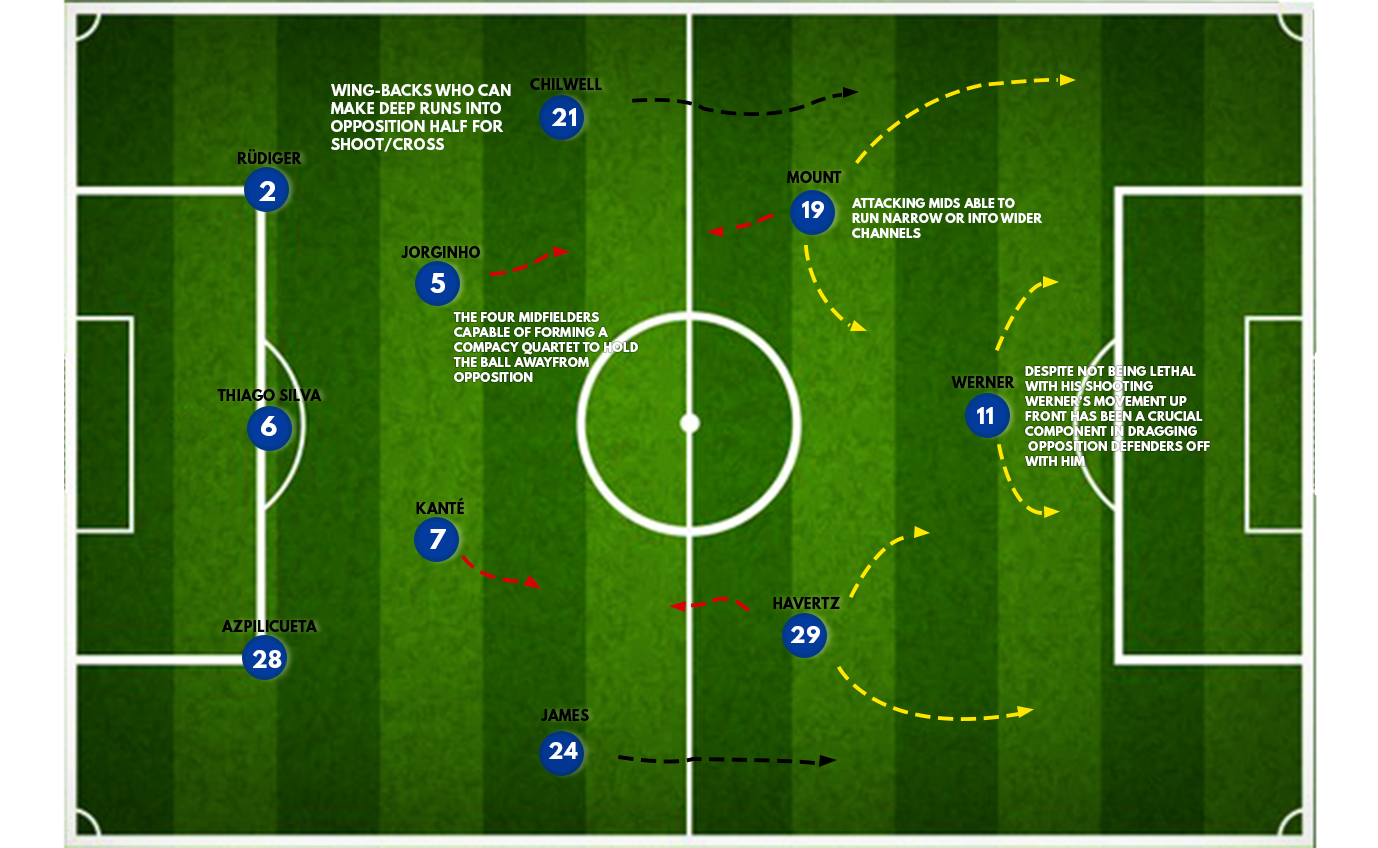
The defensive solidity, however, came at the cost of their lethality up front. Despite their superiority against most teams, Chelsea would find it hard to break them down. As Chelsea drew more matches, they also became more capable at seeing out narrow victories, something that would come in very handy towards the end of the season. In the league, Chelsea scored 25 goals under Tuchel, compared to 33 under Lampard in same number of matches. Their best attacking display came in a 4-1 victory over Crystal Palace in April. On the last day of the Premier League season, despite a 2-1 defeat at home to Aston Villa, Chelsea managed to clinch a Top 4 spot with 67 points, 19 off champions Manchester City.
Both aspects of Tuchel’s system – defensive solidity and relative attacking ineptitude – made headlines in the two finals Chelsea qualified for. In the FA Cup final, Chelsea failed to break a determined Leicester City down, and after going down to a Youri Tielemans wonderstrike in the 63rd minute, failed to come back into the match. On the other hand, in the Champions League final, they were able to seamlessly take the sting out of Manchester City’s attack and once they got ahead with a 42nd-minute goal from Kai Havertz, they managed to see out the game with little difficulty.
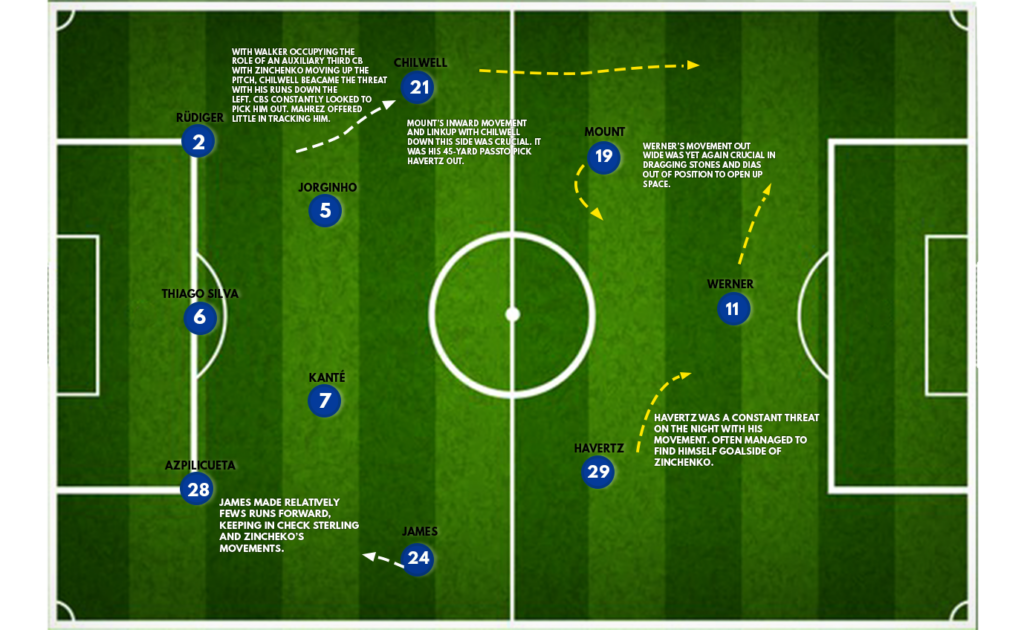
While Tuchel got his tactical plan right, his dressing room management was just as important to get Chelsea up and running as quickly as he did. Towards the end of Lampard’s reign, the squad had started breaking into cliques, with players not in the 42-year-old’s plans left completely in the dark with little communication. Senior figures like Azpilicueta, Rüdiger, Marcos Alonso, and even Kanté were either completely fallen out with or were being gradually phased out. Tuchel wiped the slate clean with everyone and allowed each player to make his case on the pitch. He managed to be articulate with most of the players he would keep out of the squad on any given day. Mason Mount, often termed as a teacher’s pet (under Lampard and England coach Gareth Southgate), finally had his genius acknowledged as he quickly became one the most vital cogs of Tuchel’s well-oiled machine. Not only that, he managed to connect better with Chelsea’s high-profile signings, Timo Werner and Kai Havertz, who had a difficult first season at the club, but ended it on a promising note. Even Kepa Arrizabalaga, who was completely written off and given no quarter, managed to eventually get himself some matches and eke out a few decent performances to take the first steps towards resuscitating his reputation, earning seven games under Tuchel. Of course, it hasn’t been perfect with all the players for the 47-year-old. There are players like Tammy Abraham, Olivier Giroud and Emerson Palmieri who have found opportunities few and far between and will very likely be moving on in the summer.
Also Read – A TACTICAL ANALYSIS OF MANCHESTER CITY: GUARDIOLA’S POSITION, PASS AND POSSESSION MANTRA
At the end of the day, these past four months showed the dichotomy between the managerial nous of Lampard and Tuchel. While the former’s experience before Chelsea comprised of a singular season at second-tier Derby County, the latter started as a coach back in 2007, cut his teeth in the mid-table wilderness of the German Bundesliga with Mainz, before moving on to big projects of Borussia Dortmund and Paris Saint-Germain. As he learned, he also made mistakes, which he built upon in his next job. The depth and solidity of his managerial foundations took him to Champions League glory this year, a season after he fell at the same hurdle with Les Parisiens.
So, what happens now? Well, this is just the beginning of the Tuchel-Chelsea marriage. The German has done a scintillating job in stabilising the club and ending the season with the biggest club trophy of all. Now, he has in front of him a whole summer to bring a few players in and a pre-season to train the players more and develop a more robust set of tactical systems. Tuchel’s sides are famous for their flexibility of sporting different formations throughout a season, sometimes even within a match. It will hardly be surprising if Chelsea showed up next season with a completely different set-up than what we have seen in the second half of this season.
How long will Tuchel last? Well, that’s a different prospect altogether. After all, this is Chelsea. If the team starts the season poorly, Tuchel will be out by November. On the other hand, the 47-year-old has his own reputation proceeding him, for he famously falls out with his club’s hierarchy a season or two down the line. Neither party expects this to be long-term marriage, and the mutual acceptance of that truth is probably why the two have started so well. Undoubtedly, we will soon face the prospect of Tuchel’s egress, but until then, we are set to be served a feast of tactical delicacies when the next season rolls around.
Written By
Anshuman Joshi
